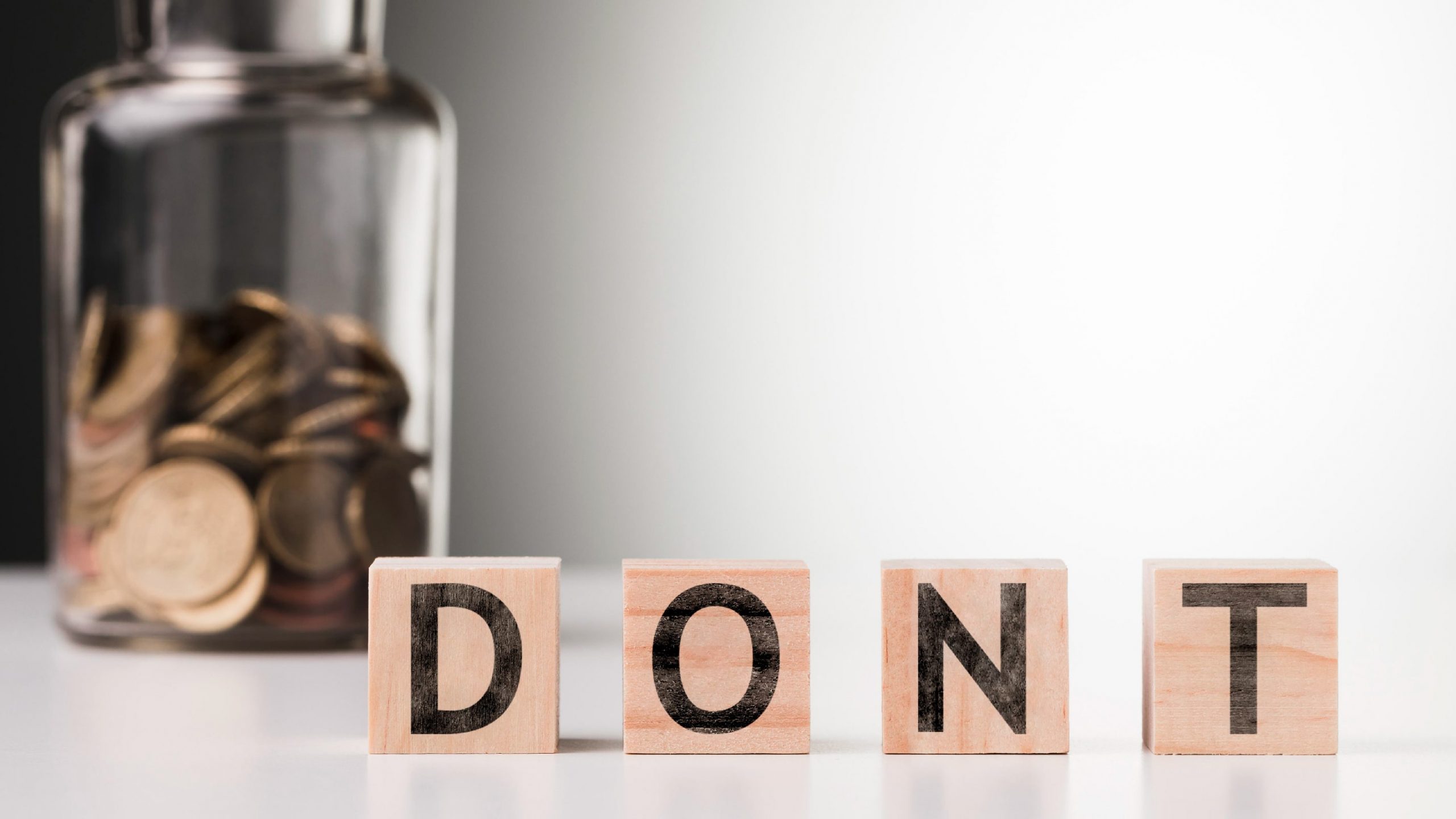I had a college roommate with whom I kept in touch all these years. He had a respectable, high paying job, and I never paid any heed to how he lived a luxurious life: foreign vacations, multiple cars, expensive watches, club memberships and holiday homes. It was all good for him until it wasn’t.
A few weeks ago, I met him over lunch and he told me how he owes lakhs of rupees to banks and is in no condition to repay as his company laid him off due to the COVID-19 pandemic. Apparently, the luxurious lifestyle conditioned him in a way that he started to borrow mindlessly and believed that his high paying job would be enough to repay.
It reminded me of the legendary boxer, Mike Tyson. He earned over $400 million during his career. According to news reports, Tyson was spending $400,000 a month to maintain his lifestyle. Later, he filed for bankruptcy with approximately $23 million in debt in August 2003.
But, what went wrong with my friend? Why didn’t he realize that he was going deep into a financial trap?
Look out for assets disguised as liabilities
Assets simply mean something which puts cash into your pocket. Assets generate income: monthly, quarterly or annually. Additionally, they have the potential for capital appreciation over time. For example, stocks are one of the best assets as they give you regular dividends while appreciating in value. Similarly, if you earn rent through your properties, you receive a monthly income and enjoy capital appreciation on the property’s value. On the other hand, bonds may not offer you any capital appreciation (if you hold till maturity), but can give you consistent interest income periodically.
However, people often fall prey to the idea that some liabilities are assets and spend money on them without earning anything back. For example, your car. You bought it for lakhs of rupees. Think about it now. Is it generating cash? Is it appreciating in value? No!
Instead, it is consuming cash every month with petrol expenses, maintenance, insurance, driver expenses (if you have one) etc. and is depreciating in value every day. Therefore, a car is a liability disguised as an asset in the accounting books of owners. The case is similar with Holiday Homes or expensive club memberships.
The bottom line, anything which does not satisfy the measure of generating either income or capital appreciation or both, is not an asset at all.
Like assets, liabilities too, compound over time
The great Albert Einstein once said “Compound interest is the eighth wonder of the world”. However, compounding does not know what is being compounded. Your assets compound over a period of time. So are the liabilities. If you buy liabilities on borrowed money, the liabilities will compound and will leave you in a debt trap.
So, you shouldn’t borrow at all?
You may. However, not to consume but to invest. How does that work?
Firstly, borrowing to consume is the worst financial mistake one can make. If you borrow to buy a gift for someone, travel around, buy some white goods at home such as AC, Fridge etc, a car, second home, or throw a lavish party you have just entered the door into a financial trap.
Secondly, if you have to borrow, it should be to invest. Here, you must differentiate between investing in the business or investing in financial assets. While businesses generally borrow to invest and grow, borrowing to invest in the financial assets should never be done because financial assets may see erosion in their valuations.
For example, if you have Rs. 1 Cr in savings, and you borrow Rs. 1 Cr. to invest the total of Rs. 2 Cr. in the equity market. After a while, markets show a 50% rise, appreciating your 2 Cr. to Rs. 3 Cr. Now, you sell Rs. 1 Cr. worth of equities and repay the loan you took. Your assets have seen a 100% rise in value. This lucrative assumption is why people borrow to invest in assets.
But, what if the stock market crashes and your equity value reduces by 50%? Now, the value of your portfolio is Rs. 1 Cr, and your liability is also Rs. 1 Cr. plus interest. You have actually wiped out your entire capital. Therefore, you should never borrow for portfolio investment.
How should you move ahead?
Only one simple yet fundamental principle is revolutionary in determining an asset and liability: anything which earns is an asset. Rest all are liabilities. Period.
Buy good assets (income-generating assets) such as dividend-paying stocks, rental generating real estate, high yielding bonds, etc., which will give you a regular income in good or bad times. Don’t borrow to invest in Financial Assets.
Furthermore, never borrow to buy liabilities such as expensive cars, farm-house, gifts, decorative items, or spend money on unnecessary revenue expenses such as lavish parties/dinners and foreign trips, etc. All this should be done from the income earned from your good assets. This will keep your assets growing while you enjoy your life. Obviously, building assets to generate income from them is going to be a long road.
Conclusion
“The best thing money can buy is more money. First, build your investment assets and then enjoy the fruits of it.”
I have always recommended never to borrow either to consume or buy liabilities disguised as accounting assets. In a world where ‘Buy Now Pay Later – BNPL’ is seen as a growth factor, you can easily fall into a financial trap with banks/NBFCs/Fintechs pushing credit products to you. ‘Instant loan in 5 mins’, ‘10 lakhs loan in a day’ may seem attractive, but can result in collapsing your financial stability. You should not borrow just because someone is ready to lend you. Borrowing should be thoughtful and only for productive purposes such as expansion of business opportunities. That’s when you avoid falling into the debt trap.
